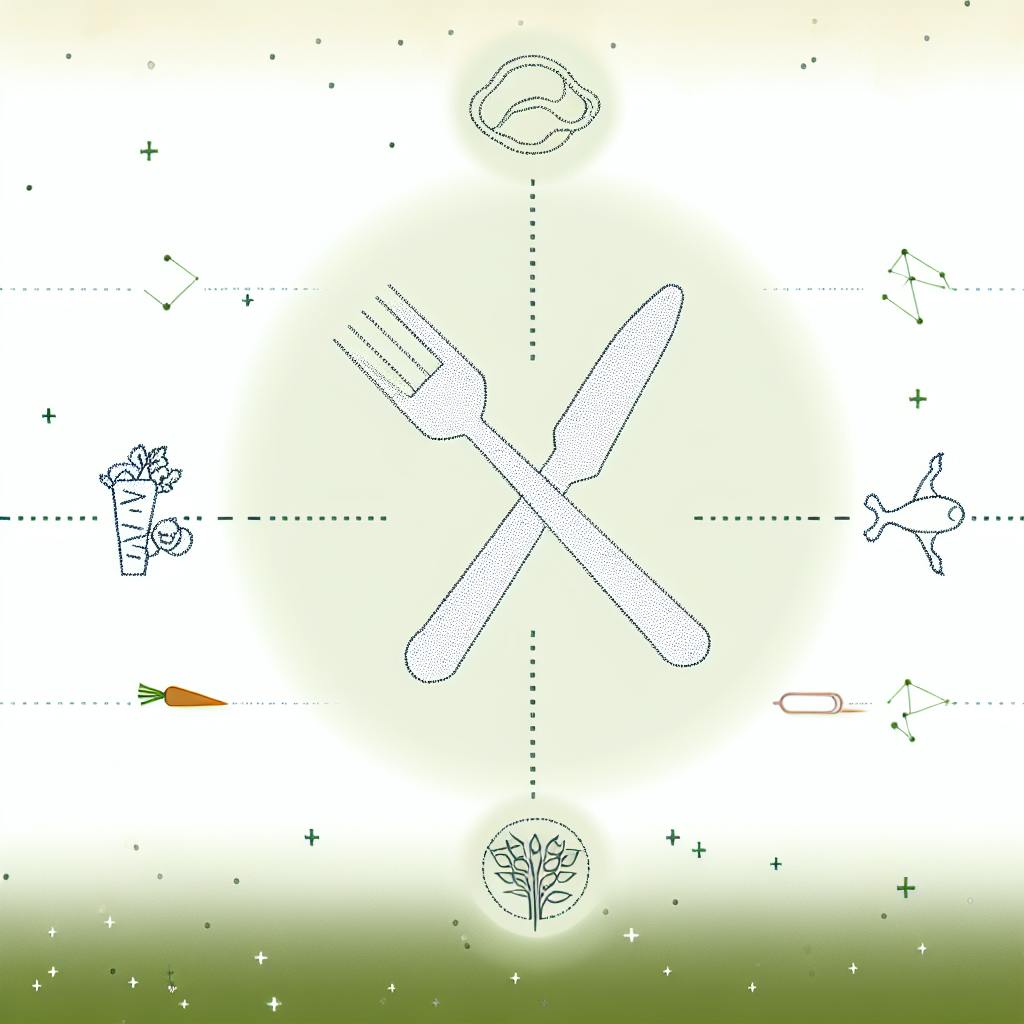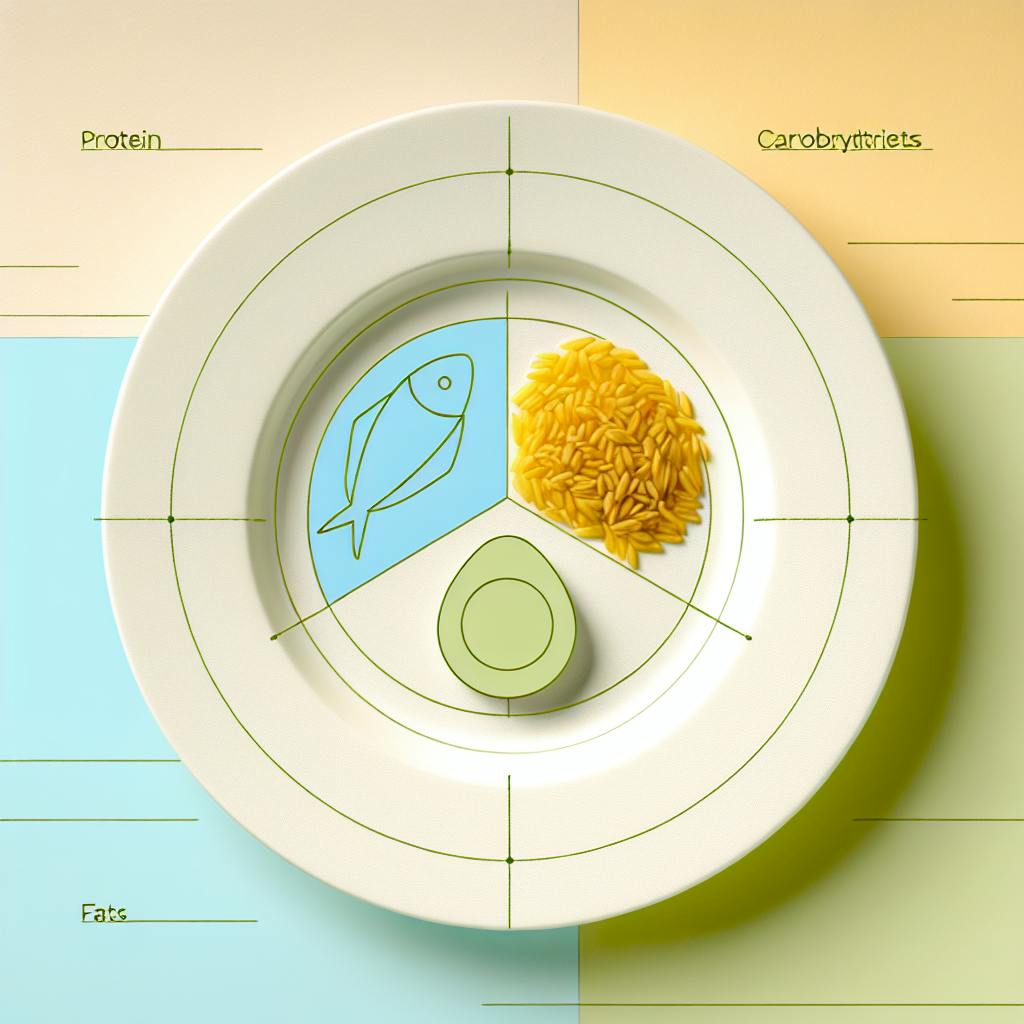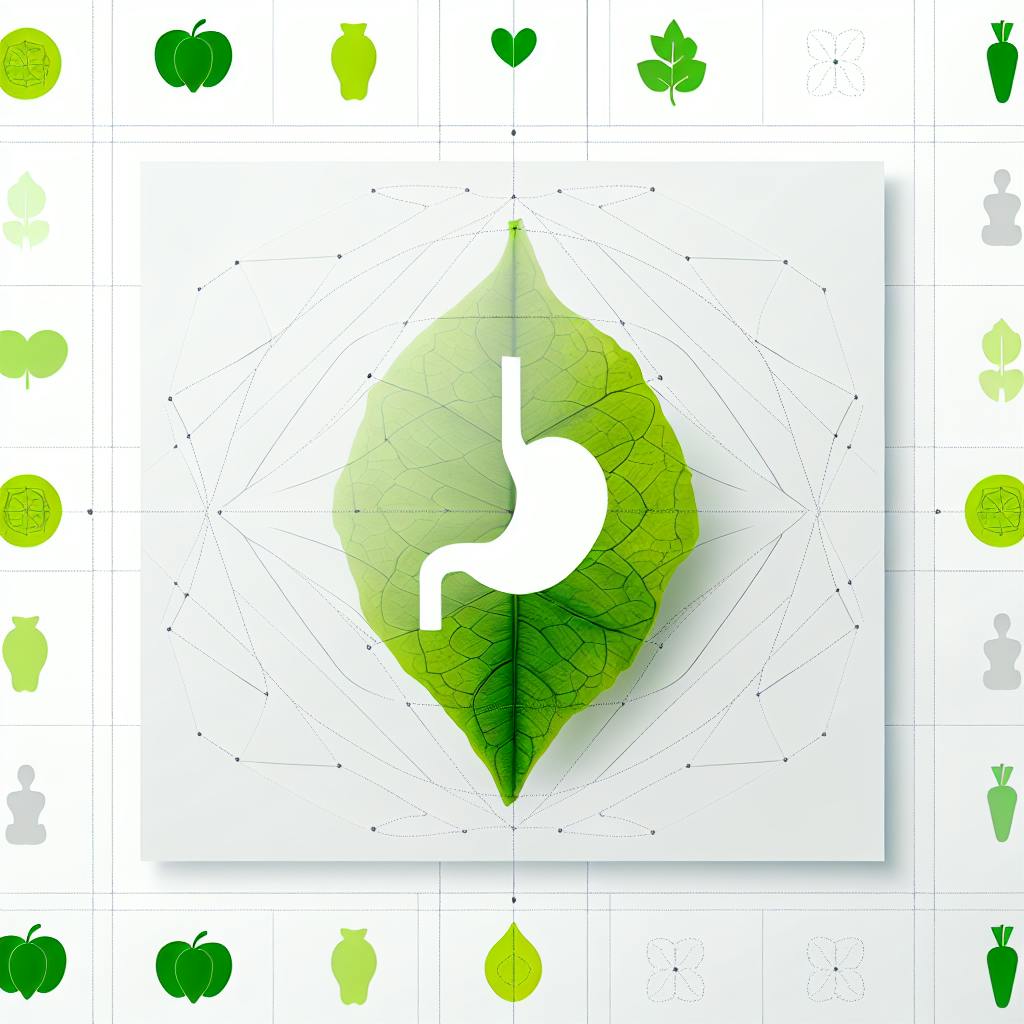Running a meal prep business? Your profit margins determine if you're truly making money. Here's a quick guide to calculate and improve them:
- Track Costs: Know your food, packaging, labor, and delivery expenses.
- Calculate COGS: Add up all direct costs for each meal (e.g., ingredients, packaging, labor).
- Find Margins: Use formulas:
- Gross Margin: ((Revenue - COGS) ÷ Revenue) × 100
- Net Margin: ((Revenue - Total Costs) ÷ Revenue) × 100
- Set Prices Smartly: Use value-based pricing or subscription models to boost profits.
- Cut Costs: Negotiate with suppliers, optimize delivery routes, and plan seasonal menus.
- Use Tools: Software like Eat Fresh Tech simplifies tracking and automation.
Example: If a meal costs $5.75 to make and sells for $12.99, the gross margin is 55.7%.
Start tracking and adjusting today to keep your business thriving!
How Much Should My Meal Prep Business Charge?
Understanding Meal Prep Business Costs
To figure out your profit margins, it's crucial to first identify all your meal prep expenses.
Food, Packaging, and Staff Costs
Direct costs make up the bulk of meal prep expenses. Food costs, in particular, take up a large portion of your budget. These include:
- Raw ingredients, storage, waste, portion controls, and packaging
- Wages for kitchen staff and food preparation
- Food containers
- Storage and refrigeration needs
Nathan from E2M Kitchen highlights how proper recipe management can save time and effort:
"Cuts my build time on new menu items by 90%. Makes ingredient updates and yield changes easy instead of something I dread."
This approach simplifies ingredient updates and yield adjustments, making operations smoother.
Next, it's important to look at fixed expenses and how they influence your profit margins.
Operating and Delivery Expenses
Fixed expenses stay relatively stable each month. These typically include:
- Rent or mortgage for your kitchen space
- Utilities like water, electricity, and gas
- Maintenance of kitchen equipment
- Insurance coverage
- Licenses and permits
- Vehicle-related costs
- Fuel expenses
- Wages for delivery staff
- Cooling equipment for transporting meals
By tracking these fixed costs separately, you can better understand their impact on your overall margins.
Software and marketing costs also play a key role in your expense structure.
Marketing and Software Costs
Using modern tools, like Eat Fresh Tech, can help you manage these costs more effectively. Common software expenses might include:
- Systems for menu planning and recipe management
- Platforms for processing orders
- Payment processing fees
- Software for printing labels
- Tools for tracking inventory
Shane from John's Fit Meals shares how automation has transformed his workflow:
"Eat Fresh Tech has been a heaven sent because I do not have to waste countless hours hand typing food labels!"
Marketing expenses often cover areas such as:
- Social media ads
- Email campaigns
- Website upkeep
- Customer loyalty programs
- Promotional materials
How to Calculate Your Profit Margins
Measuring Total Sales Revenue
Start by calculating your total sales revenue from various sources, such as:
- Individual meal orders
- Weekly or monthly meal plan subscriptions
- Add-ons and special requests
- Delivery fees
- Catering services
Keep revenue streams separate. For example, track standard meals priced at $12.99 and premium meals at $16.99 individually. This helps identify which offerings contribute most to your revenue.
Once you've done this, move on to calculating the direct costs of producing each meal.
Finding Your Cost of Goods Sold
The Cost of Goods Sold (COGS) includes all direct costs tied to meal production. Here's a breakdown:
| Cost Category | Examples to Include |
|---|---|
| Food Costs | Ingredients, seasonings, oils |
| Packaging | Containers, labels, bags |
| Direct Labor | Wages for kitchen staff, prep time |
| Direct Utilities | Gas for cooking, refrigeration |
To calculate the COGS for each meal:
- Add up the cost of ingredients per serving.
- Include the cost of packaging materials.
- Calculate the direct labor cost per meal.
- Add the cost of direct utilities.
Example for a chicken meal:
- Ingredients: $3.50
- Packaging: $0.75
- Direct labor: $1.25
- Direct utilities: $0.25
Total COGS = $5.75 per meal.
Once you know the COGS, you can move on to calculating your profit margins.
Computing Gross and Net Margins
To find your gross margin, use this formula:
Gross Margin = ((Revenue - COGS) ÷ Revenue) × 100
For instance, if a meal sells for $12.99 and the COGS is $5.75:
Gross Margin = (($12.99 - $5.75) ÷ $12.99) × 100 = 55.7%
To calculate your net profit margin, subtract all operating expenses from your revenue. These expenses include:
- Fixed costs like rent and equipment
- Marketing expenses
- Software and technology fees
- Administrative costs
- Delivery expenses
Net Margin = ((Revenue - Total Costs) ÷ Revenue) × 100
Using tools like Eat Fresh Tech's order management system can help you track margins in real-time, saving time and effort.
sbb-itb-3666cb4
Setting Prices for Better Margins
Once you've outlined your costs, the next step is to set prices that boost your profit margins.
Markup vs. Value Pricing
Markup pricing involves adding a fixed percentage to your cost of goods sold (COGS), but it often doesn't reflect the true value of your meals. A better approach is value-based pricing, which considers factors like premium ingredients, professional preparation, convenience, market trends, and your target audience.
For instance, if your chicken meal costs $5.75 to make:
- Markup pricing (50% margin): $11.50 retail price
- Value pricing: $14.99 retail price
Subscription and Multi-Tier Options
Beyond individual meal pricing, structured subscription plans can lock in customer loyalty and improve margins. Tiered subscription models encourage longer commitments and higher spending.
| Subscription Type | Price per Meal | Minimum Order | Monthly Revenue |
|---|---|---|---|
| Basic (Weekly) | $13.99 | 5 meals | $279.80 |
| Premium (Weekly) | $12.99 | 10 meals | $519.60 |
| VIP (Monthly) | $11.99 | 20 meals | $959.20 |
Consider offering perks like priority delivery, exclusive recipes, free delivery, or customization options to make higher tiers more appealing. Use tools like Eat Fresh Tech to track subscription performance and fine-tune pricing tiers as needed.
Adjusting Prices by Season
Seasonal pricing adjustments can help you maintain margins when ingredient costs change.
Spring/Summer Pricing
Take advantage of lower produce costs and offer lighter meals. Seasonal specials with affordable ingredients can also help manage costs.
Fall/Winter Pricing
Expect higher costs for proteins and certain produce. Adjust by offering heartier portions and premium comfort foods to justify price increases.
To stay flexible year-round:
- Monitor ingredient prices weekly.
- Adapt menu items based on ingredient availability.
- Rotate seasonal dishes to keep the menu fresh.
- Set different profit margins for different seasons.
Ways to Increase Profit Margins
Cutting Business Costs
Building strong relationships with suppliers can help manage expenses. Negotiate bulk purchase discounts with food suppliers and consider joining local restaurant supply cooperatives for better wholesale pricing.
You can also save by grouping deliveries by zones to cut fuel costs and improve driver efficiency.
Other cost-saving tips include vacuum sealing ingredients to extend their shelf life, using energy-efficient appliances and LED lighting, cross-training staff, buying seasonal ingredients, and working with local farms.
Once costs are under control, you can focus on menu planning to further increase your margins.
Seasonal Menu Planning
Planning menus around the seasons can lower ingredient costs while making dishes more appealing. For example, in summer, take advantage of locally available produce to create lighter dishes that are less expensive to prepare compared to heartier, pricier winter options.
A rotating seasonal menu can:
- Highlight ingredients at their peak
- Reduce reliance on out-of-season items
- Keep portions consistent while swapping out ingredients
- Use surplus seasonal produce creatively
Real-Time Profit Tracking
After fine-tuning your costs and menu, real-time profit tracking ensures you stay on top of your finances. Platforms like Eat Fresh Tech make it easier to monitor financial performance and uncover areas for improvement.
The software tracks key metrics such as:
- Total meals sold
- Customizations made by customers
- Ingredient usage and inventory
"We couldn't be more pleased with Eat Fresh Tech. The software is extremely user friendly and we love how customizable everything is. Matt responds to emails within 24 hours and couldn't be easier to communicate with. His responsiveness is a huge part of why I consider our site a success as it continues to evolve." - Alexis, Alchemy Meal Prep
Conclusion
Managing profit margins is key to running a successful meal prep business. Keeping a close eye on food, labor, and overhead costs allows you to fine-tune your pricing strategy and improve your bottom line.
With modern software tools, you can simplify operations by automating tasks like menu planning, order processing, and inventory tracking. Pair these tools with strong supplier partnerships and efficient delivery systems to create a solid framework for growth.
Balancing competitive pricing with healthy margins is essential. Use technology to streamline operations while focusing on cost control through seasonal menu adjustments and efficient processes. The most successful businesses stay on top of their metrics and adjust to market changes as needed.
Consistent monitoring and smart adjustments are crucial for long-term profitability. Whether it’s negotiating with suppliers, optimizing delivery routes, or refining your menu, every improvement adds to your success. By staying disciplined, you can build a strong and profitable meal prep business.



